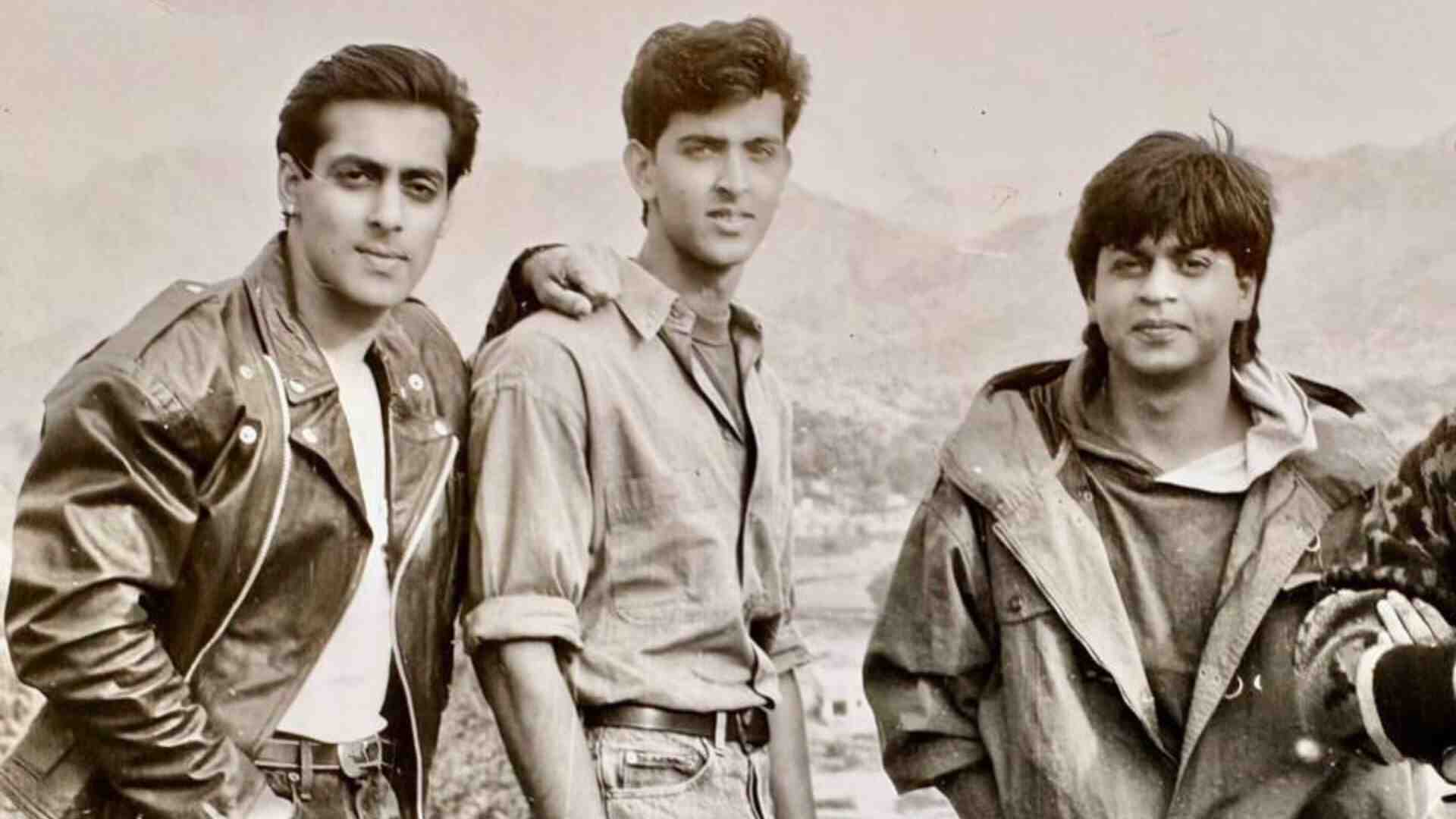About the book – Floor Coverings from Kashmir takes an in-depth look at the kaleen carpets, namdah, gabba, ari rugs and wagoo mats made in this region.
USPs of the book:
An in-depth researched study on the handwoven floor coverings of Kashmir.
Comprehensively covers the history, production methods and special features of this handicraft.
Sumptuous images of exquisite Kashmiri carpets and rugs make the book a collector’s item.
About the book:
This book focuses on the floor covering traditions of Kashmir, one of the two distinct regions that constitute the Union territory of Jammu and Kashmir. Kashmir has been historically famous as a producer of the world-renowned and esteemed pashmina shawl. However, the region also produces a variety of floor coverings that are an essential part of its households and its handicraft industry. The variety of floor coverings produced differs in design, their mode of production, the raw material used and the region of production.
Kaleen-weaving is a long-standing tradition, dating back to over 600 years, while floor coverings such as the wagoo mats trace their antiquity to the Indus Valley Civilization. This book intends to serve as a lasting narrative of the rich material culture of the Kashmir region. It identifies significant cultural units in design to showcase the age-old craft traditions in production that are integral to regional tangible and intangible cultural practices. It enables an understanding of the cultural context of Kashmir that has a strong influence on the production of floor coverings, lending a unique identity to its kaleen, which is otherwise often associated with Persian carpets. The author has used descriptive, thematic and ethnographic modes of analysis to highlight instances of carpet-weaving traditions that resonate distinctly with Kashmir.
Well-researched and richly illustrated, the book will appeal to those interested in textiles, carpets and indigenous tangible and intangible cultures and craft traditions.
About the Author:
Dr. Promil Pande is a researcher, writer, designer, and academician, working in the field of textiles and handicrafts for over three decades. Her body of work lies at the intersection of artisanal practices, design thinking and society. As a researcher and designer, she has worked closely on developmental projects with the Office of Development Commissioner (Handicrafts & Handloom) within the Ministry of Textiles, UNDP and Fabindia. As an academician, she has held positions of Advisory Board member, Dean, Professor and Visiting Professor at various Educational Institutes imparting Design education. She has a PhD in Design, a dual Masters in Fine Arts and Textile Design Technology, along with an Executive MBA.
Currently she is a member of the Scientific Board for Review, FrancoAngeli Journals & Series, Design International and Founder & Executive Director at The Sidhast Foundation (TSF). This book has been developed from her doctoral thesis and extensive work with artisanal communities in Kashmir.
Extract from the current book:
‘Royal looms in India undertook on occasion to compete with Persia…their best work…, for close weaving, luxurious texture, harmony and intensity of colour and perfect drawing quite unsurpassable…’
Synopsis:
Floor coverings are an integral part of household traditions since antiquity, used not only for protection from dirt, cold and heat, but these have also served as furniture for sitting, sleeping and family gatherings globally by the producer communities. Hand-knotted pile carpets, one of the costliest varieties of floor coverings in the world, were objects of imperial prestige used in palaces, garden pavilions, and as royal gifts across the world. They continue to be appreciated as aspirational collectibles with antique and exquisite pieces forming part of museum and personal collections.
India produces an eclectic variety of floor coverings, a manifestation of her cultural heritage in the textile arts which has a long history. The mastery of the technical aspects of production and the ability of the Indian craftsmen to cater and respond to region-specific design and colour preferences of virtually any market led to a ‘widespread appetite for Indian textiles’ which affected patterns of material culture. Production practices for centuries have been an artisanal activity carried out by communities of craftspeople across the country espousing unique region-specific cultural attributes. The Indian textile arts were essential commodities traded across the world on land and sea routes during the medieval ages and continued to be a key commodity in the International trade during the Mughal and European mercantile and political expansion in India amidst European commercial rivalries from circa 1500 to 1800. This sector continues to be a large contributor to the employment and export sector in India even today.
About the Publisher:
Niyogi Books is an independent publishing house based in New Delhi, India, that focuses on illustrated non-fiction books across art, architecture, travel, history, food, and culture. It has established itself as one of the leading publishers of illustrated books, as well as created a niche for itself in translations, fiction and serious non-fiction. Inaugurated in the year 2005, it has more than 500 books on its active list and is synonymous with high quality books at affordable prices, reaching out to a wide and varied readership.
Niyogi Books has published books on a wide range of subjects, from art to photography, philosophy to heritage and culture, textiles to maps, and many others. The company has developed a prestigious author base that includes award-winning photographers and journalists, distinguished art historians and curators, and artists, scholars, travel writers, and translators from all over the world.















